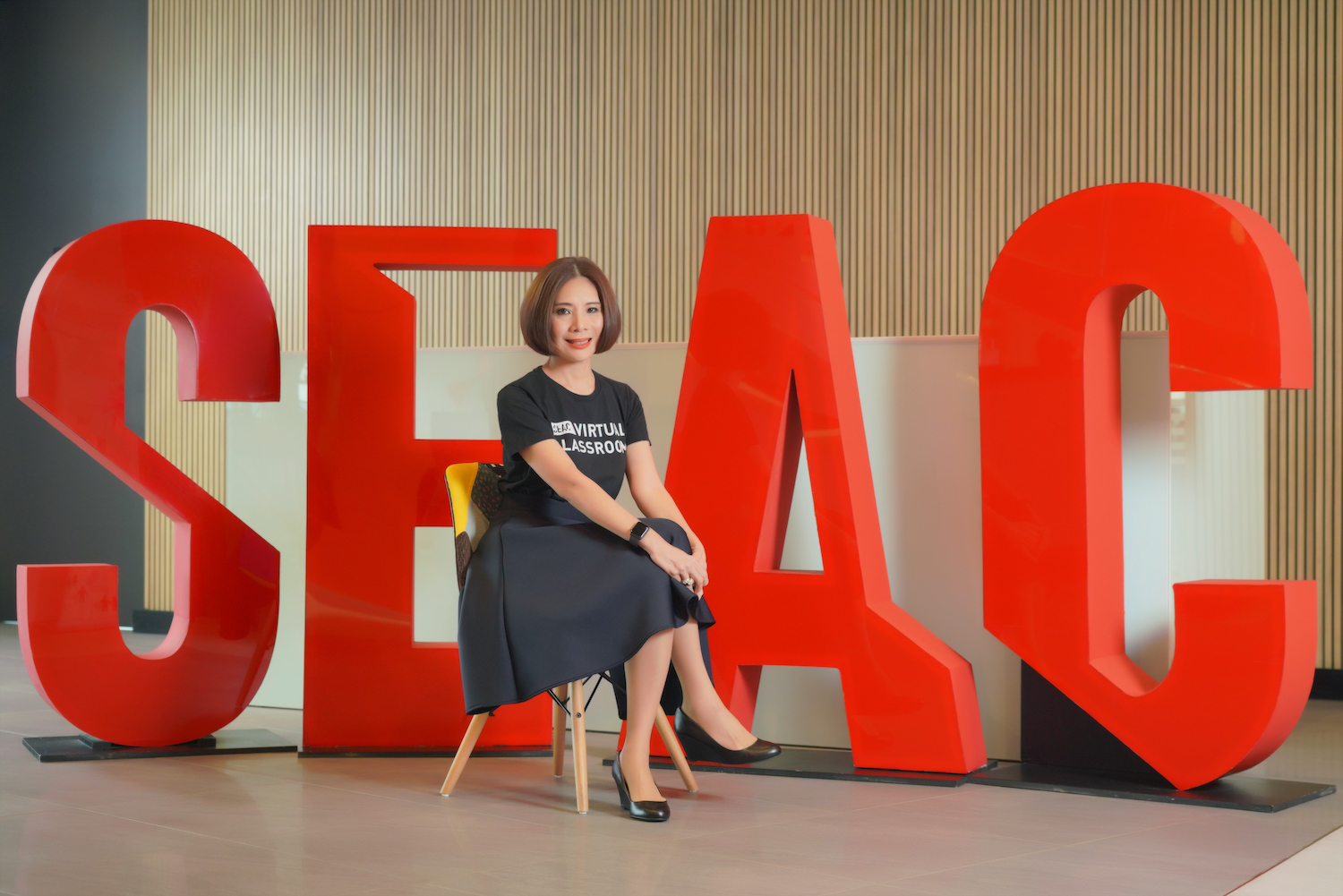
I have read many great articles about what the startup world can teach the C-Level corporate world. Many of them have proven prophetic.
Some common themes that have been shown to be wholly correct include the need for more agility at all levels of the business, simplifying how work gets done (including technology), and focusing on building innovation capabilities in new ways.
Others include rethinking what talent and leadership need to look like, and greater co-creation of future services and products for customers, with customers. These staples have taken root in incumbent businesses. I heard about all of these when visiting Stanford University a few years ago with a cohort of Thai leaders. I am happy to see these elements being embedded with a Thai twist for businesses here.
While startups are intended to be disruptive, I believe there are a few things that the corporate world can teach entrepreneurial leaders. In a startup business, transformation is continuous, adapting as the organisation bootstraps and pivots. It is organic. However, transformation must be intentional, and this is where I believe some corporate experiences and insights can be useful.
Why should startup leaders listen? Despite the very different philosophies and worlds, both types of business rely on the ability of the leader to change and lead change. Investors are also investing in the leader themselves (often nearly as much as the company), and a leader needs to be able to show willingness to transform and grow personally.
A couple of weeks ago, I spoke with some corporate C-Level leaders about their experience of personal transformation and subsequently transforming their businesses. Let me share some insights I believe entrepreneurs can benefit from below.
But first, my thanks to Khun Top, group chief executive at Italthai Group; Khun Jun of Chanwanich Security Printing; Dr Loei, managing director and CEO of Samitivej and BNH Hospitals; Khun Woody, country CEO of Frasers Property (Thailand); and Khun Mook, managing director at Bitec. It is from their reflections that I have collected the tips below:
Building Organisation 2.0 requires serious conversations: This is not as obvious as it sounds. This is not about daily business or aspirational brainstorming. Leaders need to take time and have serious conversations that outline how the future will be different.
Often people are heads-down, hands-on, and fully engaged in helping the business execute now. But transforming both one’s self and the business means outlining and preparing for both being different. Your people must understand that the new reality is coming and break with old truths and existing conventions. This means that the leader needs to do this first and model for future expectations. Even in a fast-paced startup, getting people out of their comfort zones won’t happen overnight.
Open minds, eyes and ears: Startups benefit from a relative lack of bureaucracy and hierarchy, which theoretically creates a more transparent environment. However, even this does not guarantee the alignment leaders may want. Like the above, leaders need to have a plan and develop the skills to lead people through- change to realise successful transformations.
In my own experience, this is equally important at the individual and organisational levels. Your people can agree without really understanding or repeat without really believing. They will not conduct personal deep dives (essential for individual and organisational transformation) until they have opened their minds to new possibilities, imagined the benefits these possibilities promise, and begin their discovery and world-building process. Startups are more dynamic, but the above is essential if you want/need to bring your talents with you.
Show them how: Authenticity and personal example are the fundamentals of leading transformation. Like the contributing corporate C-level leaders, I can personally attest to this. When you start your business, you have a group of like-minded people building the company together. You can rely on them to find ways to get things done. As your company grows, they can act as role models and mentors for new staff.
When you are building the future, you are looking beyond today’s best practices. As the top leader, you must demonstrate the difference to role model the new expectations. In my case, I took to conducting task-based coaching conversations in public areas. People soon started to comment on the change in my behaviours and approaches and see what was expected.
Demonstrate continuous learning: I understand that every day in a growing business is a learning experience but learning needs to be on two levels. It is never too soon to show and encourage exploration. The leaders I spoke with stressed the importance of never doing things the same way.
Finding opportunities to experiment (for transformation and future building, as well as current business opportunities) is essential. Your 2.0 vision will not come about by itself. Be intentional in your experiments, even if all your people don’t understand why.
Look 5 steps ahead: This is difficult when you are deep in the day-to-day. But it’s the top leader’s job. You always need one eye on the horizon and one eye on current business metrics. Startups are natural problem solvers but transforming for the future needs careful consideration and planning. Your passion is essential in both aspects here.
The key to all of the above is a mindset to understand your people and their obstacles and facilitating factors. This enables leaders of corporate organisations and startups alike to effectively bring them along in the transformation.
Arinya Talerngsri is Chief Capability Officer, Managing Director, and Founder at SEAC — Southeast Asia’s Lifelong Learning Centre. She is fascinated by the challenge of transforming education for all to create better prospects for Thais and people everywhere. Reach her email at arinya_t@seasiacenter.com or https://www.linkedin.com/in/arinya-talerngsri-53b81aa
